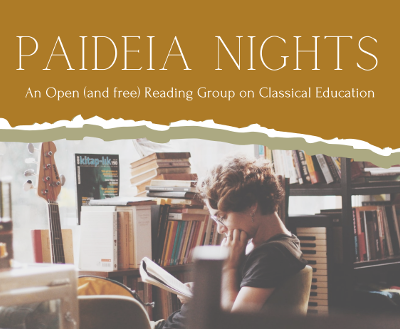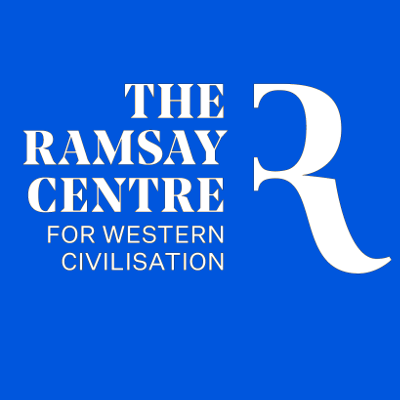Stefanie Lorimer
The notion of a well-trained mind is familiar to the classical educator and the aim of this training is equally transparent: to engender wisdom and virtue. In 1972 Professor László Dobszay, referred to the music pedagogy of the great 20th Century musicologist, composer and philosopher Zoltán Kodály when he asserted that adding a well-trained ear, heart and hand would allow the human spirit to “even today overcome the apparent destiny of history” (Dobszay, 1972). What may we glean from Kodály’s pedagogical approach? How are a well-trained ear and a well-trained heart connected? How is this connection important to classical education?
Kodály set the stage for a wholescale reformation of Hungarian Music education in the 1940s through his visionary pedagogical philosophy. Important aspects of this approach include:
- Music should belong to everyone
- Music education should begin as early as possible (9 months before the birth of the mother according to Kodaly)
- Music should be taught so that it is a joy to learn
- Those who teach the youngest musicians ought to be the best teachers
- The singing voice is the best vehicle for participatory learning
- Making music (concrete experience) must come before symbolic representation
Kodály considered mankind to be undernourished musically, starved of beauty and exposed to too many poor and even harmful substitute musical experiences. As a composer, he wrote avidly for children, a pursuit he took as seriously as composing highly original and sophisticated works for orchestra, choir and the stage. But Kodaly also understood that people must have the tools whereby they may access quality cultural experiences. No-one listens to a speech in a language that is not understood. This consideration prompted the university professor to look lower and lower, from his undergraduates to high school students and finally to elementary school students, for the most appropriate opportunity to begin training the ears of young students to access quality musical experiences.
The Ear-Heart connection
I remember being that age (about 6 or 7) and sitting next to my father on a heated windowsill in our darkened living room. The snow was falling gently outside, Advent hung thick in the air and his deep baritone intoned Brahm’s Wiegenlied (Op 49 no 4) for me. I don’t know how long we sat there afterwards, silently welcoming the Christmas season together, but it was a formative moment, remembered vividly almost half a century later. It was communication from heart to heart: of his care for me, of his love of German folk song, and his faith in the story of Christmas. Culture, according to Kodály, comes into being in the heart of a person, from where it is transferred, “living being to living being” (Dobszay, 1972, p. 32).
Kodály spent many years collecting Hungarian folk songs in order to preserve their musical essence for posterity and because he rightly discerned that musical structures develop along lines similar to those of indigenous vernacular language: the mother-tongue. This alone means that music carries deep emotional connotations, and none more so than folk song.
Training the musical ear is an effective way to train the heart. Making music together, listening to music together, brings us into shared cultural understandings of what is important. Making music together connects us to our past, allows us to tell our stories, and shapes our communal and individual soul. Music assists human beings in learning about themselves and thus about their place in God’s universe (Mark & Madura, 2009).
The well-trained hand: the place of music in the quadrivium
In the classical quadrivium, music is not about mastering a physical instrument, instead music sits alongside arithmetic, geometry and astronomy as a way of learning about the order of the universe. Once a child’s ear and heart are attuned to music so that they are able to access simple musical structures aurally and comprehend their meaning, they hold a key with which to unlock the logical and mathematical structures of music through the study of harmony and form. This was Kodály’s approach of “sound before symbol” (Ittzés, 2004) but the symbolic must of course, come. A well-trained ear and a well-trained heart now provide access to an understanding of what was and is important to cultures across time via the ability to effectively analyse musical structures beyond the impulse of personal taste.
According to Kodály “the crown of the tree grows only as high as its roots penetrate deep into the ground”(Kodály, 1935, p. 55). Including age-appropriate musical training in our classical education programs contributes to the moral, social, aesthetic and intellectual development of children. Planting them deep in the soil of their musical heritage will allow them to play a part in stemming the tide of the “apparent destiny of history”. This ascent – though difficult and painful, is the worthy pursuit of every human being.
References
Dobszay, L. (1972). The Kodály method and its musical basis. Studia Musicologica, 15-33.
Ittzés, M. (2004). Zoltán Kodály 1882-1967: Honorary President of ISME 1964-1967. In: Sage Publications.
Kodály, Z. (1935). A magyar kardnek 4tjai. (The Hungarian choral song's journey.).
Mark, M. L., & Madura, P. (2009). Music education in your hands: An introduction for future teachers. Routledge.






